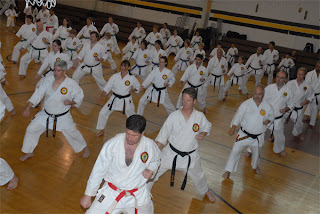

However, as more travelers begin to explore the southern Azuero, Playa Venao is shaping up to be one of Panama’s most notable surf spots. Up until just a few years ago, there wasn’t much here besides a small restaurant and a big open beach. Playa Venao – set along the Azuero Peninsula's southeast coast, Playa Venao has long been a favorite of Panamanian surfers. It’s possible to rent surfboards and gear from local establishments in Santa Catalina. It’s waves break both left and right and tend to be a similar size to Santa Catalina. The island has both a beach break and a point break. Trips can also be made to Cebaco Island by boat. It’s a 30-minute walk southeast of Santa Catalina. It has hollow left-hand waves and a rocky bottom. Punta Brava has waves that can get twice as big as Santa Catalina. The waves can only be ridden during medium or low tide. Punta Roca is a large point break that’s a 30-minute walk northeast of Santa Catalina. The waves here break both right and left. There is also a sandy beach break close by that’s suitable for beginners.

The surf is best during medium or high tide and the bottom is rocky, so wear booties. This is a point break with strong, long waves that break both right and left. The prime surfing season here is from March through October January and February tend to have the smallest swell.Īt la Punta (the Point), waves can reach 20–30 feet (6–9 m). Consistent waves offer good year-round surfing. Some breaks are suitable for beginners, while others are expert-only. Nowadays, it’s visited by international surfers and even hosts large competitions. Prior to this it was a small fishing village and only surfed by burly locals. Santa Catalina – considered by many to be the best and most reliable surf spot along the Pacific coast of Panama, Santa Catalina has seen a surge of interest over the last decade. They range from beginner-friendly to expert-only waves. The locations included here are relatively accessible and reliable. There are other good spots along the Caribbean, but these tend to be difficult to reach. Panama’s most accessible surf spots are along the Pacific coast and in Bocas del Toro (on the Caribbean). More popular spots like Santa Catalina (considered by most to be the best surf spot along the Pacific coast) can be relatively busy year-round. Crowds peak around the major holidays, including Semana Santa (the week surrounding Easter) and Christmas/New Year’s. Swells from the southwest come in during this time of year and last through May or June.Ĭrowds will depend on the place and conditions. Most of the swell is small and from the northwest.ĭuring the transition time at spring, especially in February and April, the wind can blow all day-this allows for afternoon surfing sessions. The weather during this time of year is sunny and the winds are light. The dry season (which lasts from mid-November through mid-April) isn’t as epic in spots like Santa Catalina, but some of Panama’s islands can still pick up nice western/northwestern swells. During this time of year, the southwest swells are large and consistent-they sometimes get double or triple overhead at big breaks. The Pacific coast, however, also has sizable waves in July and August. This is one of the most popular times to surf in Panama. Along Panama’s Pacific coast, April to June usually sees daylong offshore winds and consistent swells from the southwest.


 0 kommentar(er)
0 kommentar(er)
